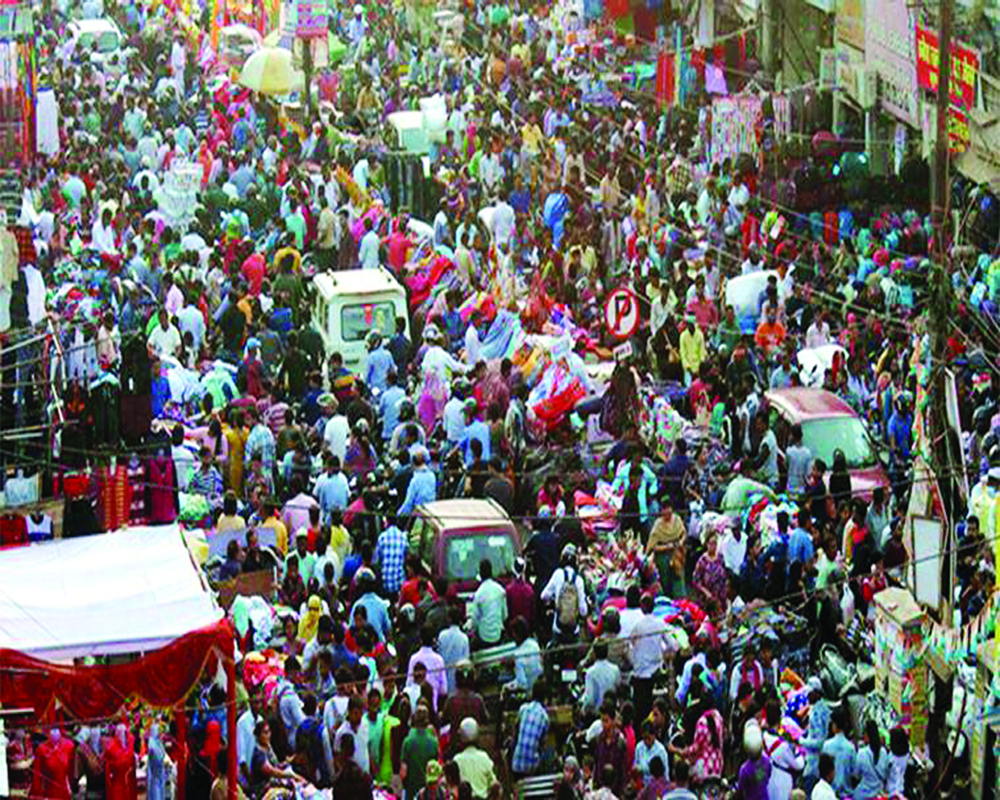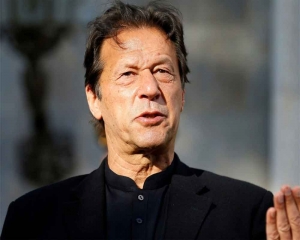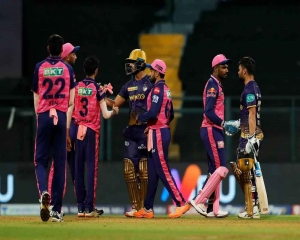It is imperative to make national population control laws for the unity and integrity of the entire country and implement these equally
India’s uncontrolled population growth has become the central topic of discussion among common people these days. It is true that the discussion began before independence but due to a lack of determination in the Government, noting positive came out of the debates.
In 1940, the National Planning Committee created a subcommittee, the objective of which was to engage in resolution-centric discussion about the growing population. In 1946, the Health Survey and Development Committee submitted a report, in which the 11th chapter titled ‘The Population Problem’, expressed concern about the unchecked problem of overpopulation and mentioned several facts regarding it. Hence, when an interim government was formed in 1946, the policymakers agreed that such unchecked population growth could become a problem for the future.
However, even after all these years, some selfish powers want to change the demography of India in a well-planned manner by looking at the population-control debate with a communal lens. Due to this type of thinking a lobby is against population control and opposes it to serve their bigoted political masters.
The family-planning program started in India in 1952. At the time, India became the first country in the world to launch such a program. Starting by allocating ?15 lakh to the program in the first five-year plan, about ? 300 crore was spent on it in the fourth five-year plan. Further, between 1947 and 2014, the Indian Government spent ?2 lakh crore to control the population, however, due to the Government’s sectarian views, we did not get any meaningful or suitable results. In fact, due to this there has been shortage of effort, motive, policy and seriousness.
The national commission (NCRPWC) formed by former Prime Minister Atal Bihari Vajpayee in 2000 also appealed in its report to constitute population-regulation laws. Apart from this, Rajasthan, Madhya Pradesh, Maharashtra, Gujrat, along with many other states in India have made efforts regarding population-regulation at their own level and have also made laws regarding it. However, all the states in totality have not yet made any favourable effort at the national level.
The demand for population control measures has been raised from time-to-time in the Indian Parliament as well. In 2018, parliamentarians appealed to the Prime Minister to strictly implement the two-child policy in India. Apart from this, many parliamentarians from both the Houses and from different parties have, till now, proposed 35 private bills; 15 parliamentarians are also from Congress. Now, when it is being discussed once again both in and outside the Parliament, a handful of alleged secular politicians, and columnists and writers inspired by leftist ideologies and historians, are using ‘Saffron Demography’ glossary for it. Their motive is to plan and throw the meaningful discussion and steps regarding population-regulation off the table.
The statement of the Sarsanghchalak of Rashtriya Swayamsevak Sangh, Mohan Bhagwat, on the occasion of this Vijayadashmi, on this topic is a crisp answer to the proponents of false secularism. These elements also falsely contend that such debate is done with the motive to create a Hindu nation by instilling the fear of being a minority within the mind of Hindus. This in itself is humorous.
In the pre-independence era when the census report came in 1901, Bengal’s Census Commissioner H.H. Risley said in his report, “It seems like Muslims and Christians are rapidly increasing in the society. It raises a question as to whether the Hindu community will be able to save their position?”
Therefore, this initiative is not a ‘Saffron Demography’ but it is ‘Civilizational Demography’, which will prevent the changing character of India’s cultural nationalism, Indianism, culture and civilization.
In 1980, 57 per cent of the people in the world were unable to obtain necessary resources; the number increased to 72 per cent in 2017. In 1992, when the population of the world crossed 300 crore, 1700 scholars, economists and scientists, representing the world, signed a petition to declare that population had become a huge problem for the world.
The whole world is going through an ecological crisis currently. If everyone in the world started matching the standard of living of an average American, five more planets like the Earth would be needed to fill the stomachs of the world. Likewise, if everyone in the world starts to live like Europeans, three more planets would be needed. It can be understood by this how important it is to save the Earth. To save the Earth also means to save the living beings residing on the planet, so that the environmental balance can be maintained. This task can be done by human beings. Population-regulation laws prove to be crucial for this because every fifth person of this world lives in India.
A section of the people in our country points towards the rapidly decreasing population in America and European countries to reason that the growing population in India is not a problem, but a resource. And that people from our country can make a profit in foreign countries by working aslabourers.
Afghanistan, Bahrain, Indonesia, Iraq, Jordan and Kuwait are among the 18 Emigration Check Required countries where maximum people go to work as labourers with the motive to earn money. Does it not wound the pride and self-respect of India, the country that was famous for its leadership in the whole world, to say that its people will work as labourers for someone else?
By looking at the figures of census in India, we can understand the increased pace at which this growth took place. The fact to pay attention to is that from 1951 to 2011, the Muslim population has grown from 9.8 per cent in 1951 to 14.23 per cent in 2011. Meanwhile, a sharp decline has been reported in the Hindu population. The population of Hindus was 84.1 per cent in 1951, and it fell to 79.80 per cent in 2011. If we look at the growing population of Muslims district wise, then out of India’s total 748 districts, the Muslim population exceeds by 20p per cent in 116 districts, which includes the 32 districts within 8 states where their population exceeds 50 per cent. Despite this, why have they been given the benefits of a minority in these districts?
We should recall that in 1947, population was the main reason for the partition of India. At present also there is an anti-Indian or ‘tukde-tukde gang’ inside the country, who are plotting to divide the country. During such times, it is imperative to make national population-control laws for the unity and integrity of the country.
India always talks about Vasudhaiva Kutumbakam, therefore, to say that the making of population-control laws would harm or benefit a particular religion is not legitimate. Our country is worried about the decreasing population of Parsis. It is the specialty of Indian culture that we are putting efforts via social and cultural methods to ensure that the population of Parsis does not further diminish. Keeping in mind the available resources, future necessities and the problem of population imbalance, it is the need of the hour that population-control laws be created for national benefit, and be implemented equally for every religion and community.
(The author is the Vice-President of BJP in Bihar and Member, Bihar Legislative Council. The views expressed are personal.)


























